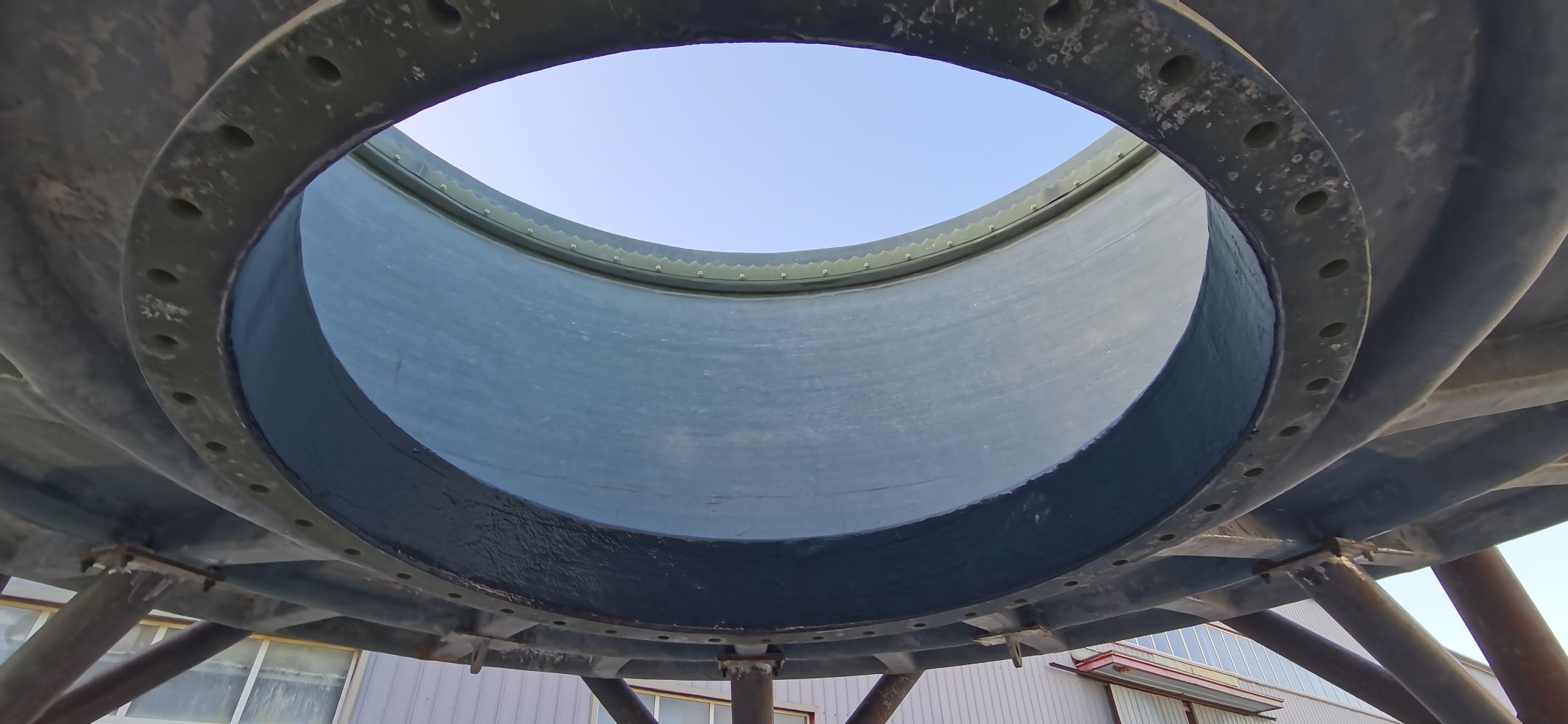
-
 Afrikaans
Afrikaans -
 Albanian
Albanian -
 Amharic
Amharic -
 Arabic
Arabic -
 Armenian
Armenian -
 Azerbaijani
Azerbaijani -
 Basque
Basque -
 Belarusian
Belarusian -
 Bengali
Bengali -
 Bosnian
Bosnian -
 Bulgarian
Bulgarian -
 Catalan
Catalan -
 Cebuano
Cebuano -
 China
China -
 China (Taiwan)
China (Taiwan) -
 Corsican
Corsican -
 Croatian
Croatian -
 Czech
Czech -
 Danish
Danish -
 Dutch
Dutch -
 English
English -
 Esperanto
Esperanto -
 Estonian
Estonian -
 Finnish
Finnish -
 French
French -
 Frisian
Frisian -
 Galician
Galician -
 Georgian
Georgian -
 German
German -
 Greek
Greek -
 Gujarati
Gujarati -
 Haitian Creole
Haitian Creole -
 hausa
hausa -
 hawaiian
hawaiian -
 Hebrew
Hebrew -
 Hindi
Hindi -
 Miao
Miao -
 Hungarian
Hungarian -
 Icelandic
Icelandic -
 igbo
igbo -
 Indonesian
Indonesian -
 irish
irish -
 Italian
Italian -
 Japanese
Japanese -
 Javanese
Javanese -
 Kannada
Kannada -
 kazakh
kazakh -
 Khmer
Khmer -
 Rwandese
Rwandese -
 Korean
Korean -
 Kurdish
Kurdish -
 Kyrgyz
Kyrgyz -
 Lao
Lao -
 Latin
Latin -
 Latvian
Latvian -
 Lithuanian
Lithuanian -
 Luxembourgish
Luxembourgish -
 Macedonian
Macedonian -
 Malgashi
Malgashi -
 Malay
Malay -
 Malayalam
Malayalam -
 Maltese
Maltese -
 Maori
Maori -
 Marathi
Marathi -
 Mongolian
Mongolian -
 Myanmar
Myanmar -
 Nepali
Nepali -
 Norwegian
Norwegian -
 Norwegian
Norwegian -
 Occitan
Occitan -
 Pashto
Pashto -
 Persian
Persian -
 Polish
Polish -
 Portuguese
Portuguese -
 Punjabi
Punjabi -
 Romanian
Romanian -
 Russian
Russian -
 Samoan
Samoan -
 Scottish Gaelic
Scottish Gaelic -
 Serbian
Serbian -
 Sesotho
Sesotho -
 Shona
Shona -
 Sindhi
Sindhi -
 Sinhala
Sinhala -
 Slovak
Slovak -
 Slovenian
Slovenian -
 Somali
Somali -
 Spanish
Spanish -
 Sundanese
Sundanese -
 Swahili
Swahili -
 Swedish
Swedish -
 Tagalog
Tagalog -
 Tajik
Tajik -
 Tamil
Tamil -
 Tatar
Tatar -
 Telugu
Telugu -
 Thai
Thai -
 Turkish
Turkish -
 Turkmen
Turkmen -
 Ukrainian
Ukrainian -
 Urdu
Urdu -
 Uighur
Uighur -
 Uzbek
Uzbek -
 Vietnamese
Vietnamese -
 Welsh
Welsh -
 Bantu
Bantu -
 Yiddish
Yiddish -
 Yoruba
Yoruba -
 Zulu
Zulu
Exploring the Applications and Benefits of FRP Field Tanks in Various Industries
Understanding the FRP Field Tank A Modern Solution for Fluid Storage
In the ever-evolving world of industrial storage solutions, the FRP (Fiberglass Reinforced Plastic) field tank stands out as an innovative answer to the challenges faced by various industries. From water treatment facilities to oil and gas industries, these tanks are becoming increasingly popular due to their unique properties and benefits.
What is FRP?
Fiberglass Reinforced Plastic is a composite material made from a polymer (plastic) reinforced with fibers, typically made from glass. This combination provides exceptional strength and durability while being significantly lighter than traditional materials like steel or concrete. The versatility of FRP makes it ideal for various applications, especially in environments where corrosion resistance and low maintenance are essential.
Advantages of FRP Field Tanks
1. Corrosion Resistance One of the most significant advantages of FRP field tanks is their resistance to corrosion. Unlike steel tanks, which can rust when exposed to moisture, FRP tanks can withstand harsh chemicals and environmental conditions without degrading. This property extends the lifespan of the tanks and reduces maintenance costs.
2. Lightweight The lightweight nature of FRP allows for easier transportation and installation. This is particularly beneficial in remote or challenging terrains where heavy machinery may not be available. A lighter tank can be moved and positioned with minimal effort, reducing installation time and labor costs.
frp field tank

3. Customization FRP technology allows for customizable designs tailored to specific storage needs. Whether it’s adjusting the tank size, shape, or internal features, FRP tanks can be manufactured to meet diverse requirements, providing flexibility and adaptability in various applications.
4. Thermal Insulation The thermal insulating properties of FRP help maintain consistent temperatures within the tank. This is crucial for industries dealing with temperature-sensitive materials, as it minimizes the risk of overheating or freezing, thereby preserving the integrity of the stored contents.
5. Environmental Impact The use of FRP field tanks can contribute to sustainability efforts. They have a longer lifespan, reducing the need for frequent replacements, and their production often involves less energy than traditional materials. Additionally, since they do not corrode or break down, they can help prevent leaks that might contaminate surrounding areas.
Applications of FRP Field Tanks
FRP field tanks are widely used across various sectors. In the water treatment industry, they are employed for storing and treating both potable and wastewater. In oil and gas, they are used to hold chemicals and fluids securely. Moreover, agricultural applications also benefit from these tanks, as they can be used for storing fertilizers and other essential liquids.
Conclusion
In conclusion, FRP field tanks represent a significant advancement in storage technology, offering a multitude of benefits that make them an attractive option for industries requiring reliable and efficient fluid storage solutions. Their corrosion resistance, lightweight, and customizability, coupled with environmental advantages, position them as a superior choice over traditional materials. As various industries continue to seek out durable and cost-effective storage solutions, the demand for FRP field tanks is likely to grow, ushering in a new era of efficiency and reliability in fluid storage. Embracing this technology not only enhances operational performance but also supports sustainability initiatives, making FRP field tanks an indispensable asset in modern industrial practices.









